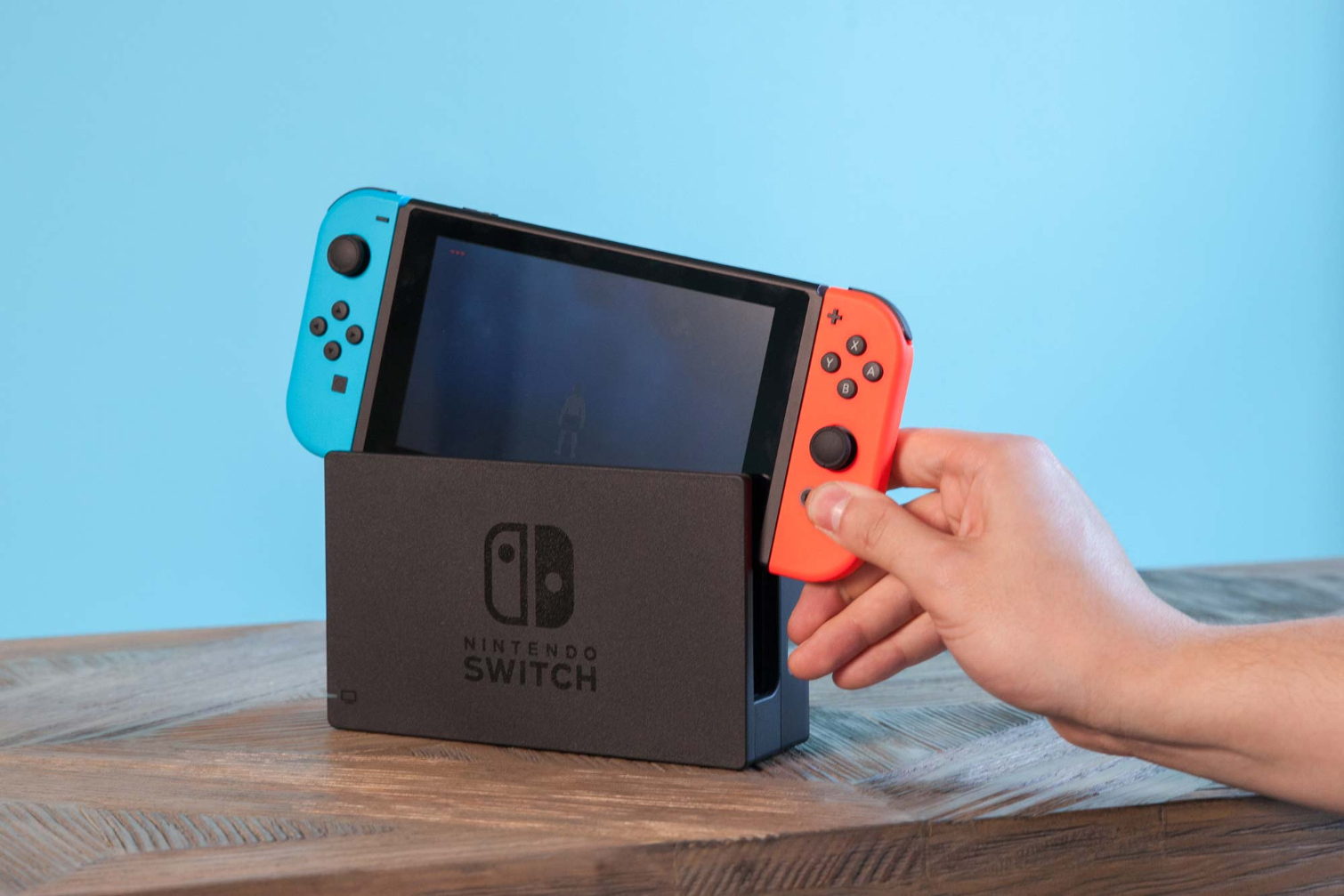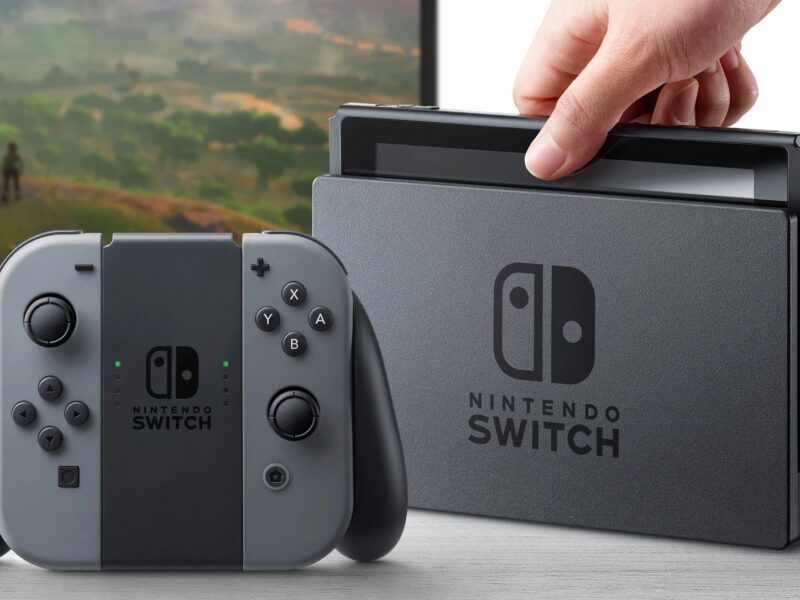
What’s the difference? Nintendo Switch vs. Nintendo Switch Lite?
Nintendo gaming consoles have been a staple in most households since the original Nintendo Entertainment System debuted in the 80s. While Microsoft & Sony have certainly become giants of the gaming industry over the past couple of decades, Nintendo has remained the granddaddy of them all, consistently staying relevant by releasing new consoles and expanding its gaming library.
The most recent double-whammy from the company is the Nintendo Switch & Nintendo Switch Lite combo. The original Switch was released in 2017 and its smaller, lighter iteration joined it in 2019. Both versions of the system have proven to be extremely popular, especially over last year’s COVID-19 quarantines, but which one’s best? Let’s find out: it’s Nintendo Switch vs Nintendo Switch Lite!

Warm-up
Rather than competing directly against Sony’s Playstation 4 and Microsoft’s Xbox One, Nintendo went a slightly different route back in 2017. The Nintendo Switch is a portable handheld gaming device that can also work as a fully functional home game console. You can play with your Switch while riding the bus, or you can hook it up to your TV after work and let your gaming take over the living room.
In the years since the Switch’s release, Nintendo has developed a solid collection of first-party titles and a surprisingly wide selection of great indies – all this in addition to having access to ports from a myriad of beloved classic games from the past. When the Nintendo Switch Lite debuted in 2019, it offered users a slightly less pricey version of the original Nintendo Switch with reduced features.
With the table set, let’s get to it: Nintendo Switch vs. Nintendo Switch Light.

Round one: TV
Honestly, this is probably the one big difference that will weigh the most in your decision to buy either a Nintendo Switch or a Nintendo Switch Lite.
You can’t connect the Nintendo Switch Lite to a TV. That’s where the console’s prime Liteness (and cheaper price) comes from. The Switch Lite is exclusively a handheld system and that means that while you have access to most of the Switch gaming library, you won’t be able to play games that can only be played on TV.
This also means that multiplayer games can be a pain. The Nintendo Switch Lite is designed to be mainly used by one person, in which case the small screen works perfectly fine. But once you have to share that same screen with other players, your personal space is going to get crowded pretty quickly and you’ll wish you had a way to play the game on your TV.

Round two: the D-pad
While both Switches are outfitted with similar controller designs, the Nintendo Switch Lite features the welcome return of the Direction Pad to the Nintendo controllers. Both systems have small joysticks to take care of game movement, but they differ on their directional alternatives.
The original Nintendo Switch has a cluster of four directions buttons – a feature that doesn’t work as smoothly as it must have been envisioned. The buttons are functional but lack the proper feel and responsiveness most fans require when playing classic 2D games.
For that type of precise control, it’s hard to beat an actual D-pad and that’s exactly what the Nintendo Switch Lite offers. The D-pad is a definite upgrade over the original Nintendo Switch directional buttons, especially if you are into the retro-gaming aspect of the Switch.

Round three: durability
The Nintendo Switch & the Nintendo Switch Lite are designed to be portable systems, but only one of them is exclusively designed to only be a handheld device. If you’re going to have one of the Switches banging around in your backpack, it looks like your best bet is the Lite version.
The problem with the original Nintendo Switch is it’s made up of several parts: the Joycons detach from the handheld console when you’re going to use the system on your TV. The Nintendo Switch Lite benefits from being one single solid piece of equipment, which makes it more durable when it comes to the wear and tear of constant transportation.
That said, being a single piece of equipment backfires on the Nintendo Switch Lite if your controls start wearing out. It’s a lot easier to get a new Joycon for the original Nintendo Switch (or send the old one for repairs) than it is to open up the Switch Lite and figure out what’s going on with your built-in controller.

Round four: bells & whistles
The streamlined nature of the Nintendo Switch Lite means you don’t get any sort of rumble action while playing. Some games, like 1, 2, Switch, require the rumble feature in order to be played so you won’t be able to play them if you choose the Lite version in the Nintendo Switch vs. Nintendo Switch Lite battle.
On the other hand, the Nintendo Switch Lite provides you with improved battery life over the original Nintendo Switch. The original Switch’s battery would last between two-and-a-half to six-and-a-half hours, whereas the Lite version goes for three to seven hours. Then again, a revised Nintendo Switch – model HAC-001(-01) – features a bigger battery that beats the Lite’s, lasting four-and-a-half to nine hours.
As far as the portable screen size, both systems have near-identical screens, with the original Nintendo Switch getting a slight edge with a 6.2-inch LCD versus the Nintendo Switch Lite’s 5.5-inch LCD screen.

Too close to call?
In the end, the verdict in the Nintendo Switch vs. Nintendo Switch Lite battle will come down to how much you plan to use the system as a handheld device. Considering the $100 price difference between the two Switches, it doesn’t make sense to pay extra for the original Nintendo Switch if you won’t really be using it on your TV.
But if you like playing on your 4K setup, you’re probably better off with the original Nintendo Switch.







